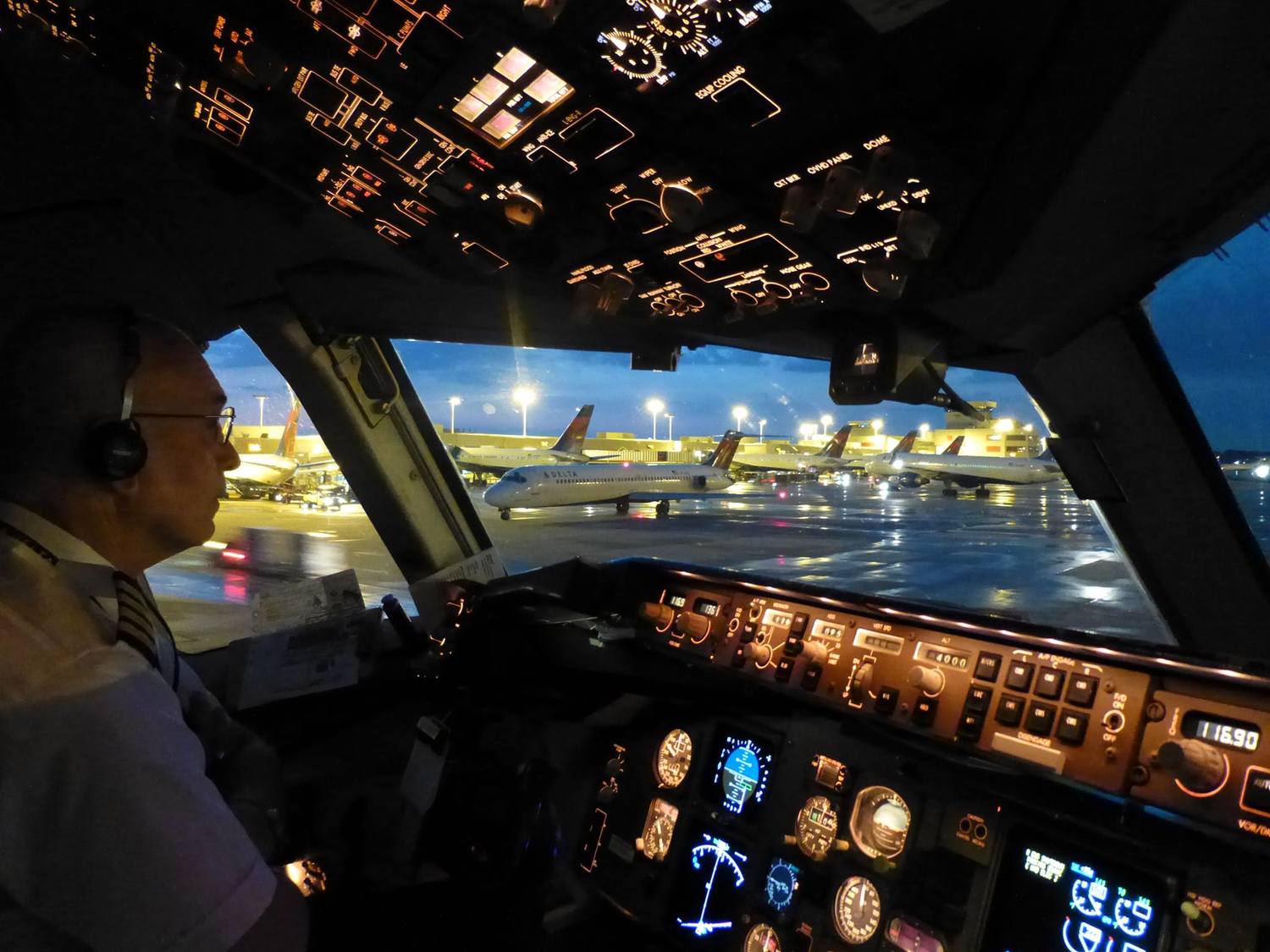Aviation thoughts: Fixed-Wing or Rotary?
/
The U.S. Navy trained me to fly both fixed-wing and rotary aircraft. Had I not been granted the privilege of attending the Naval Academy and subsequently become an aviator, I would have likely been an education major in college, taught social studies and coached high school football. Teaching and coaching are certainly noble professions, yet my life would have been totally different had I not been a naval officer and professional pilot.
Over the years some folks have asked me what type aircraft is the hardest to fly: fixed-wing or rotary? I always qualify my answer by establishing that I’ve never flown in combat, and never had the opportunity to land a plane aboard ship—though I’ve accomplished that task scores of times in a helicopter. As for what aviators call the “stick and rudder” skills needed to operate a flying machine, I’d have to say that piloting a helicopter is more of a challenge, and definitely harder to master as a novice pilot. Unlike fixed-wing, helicopters are inherently unstable, and manually hovering a helicopter is comparable to balancing one’s self on a bowling ball while juggling. With that in mind, landing a helo on the rolling, pitching deck of a small ship during a storm at night is guaranteed to raise any pilot’s heart rate!
But flying an airplane presents its own unique set of demands, particularly when operating in high altitude, transoceanic, or all-weather environments. Pre-flight planning becomes more critical when considering jet stream winds, forecast turbulence, icing and thunderstorms. Normally, a helicopter crew can plan their mission to avoid such factors.
In conclusion, I’ll say that both fixed-wing and rotary aircraft have undergone huge technical advancements since the era when I learned to fly. Computers, digital instrumentation, and more reliable turbine engines have made aviation a much safer endeavor. As I observe the newest aircraft being developed, I’m envious of the young men and women who will fly them.
Blue skies!
